GUEST BLOGGER ALEXANDRA SIY
Go 303,000,000 miles
The book Cars on Mars: Roving the Red Planet begins with this sentence: “The summer of 2003 was the perfect time for traveling to Mars.”
Twenty years later we dream of sending humans to our closest neighbor in the solar system– to follow in the tire tracks of the intrepid little cars named Spirit and Opportunity.
The Mars Exploration Rover (MER) mission was the first to use roving robotic geologists (they were more like remote control cars than people), to explore the Martian surface. Planned to last only three months, the rovers drove on for many years, providing scientists with a wealth of new information about the geologic history of the Red Planet.
When Cars on Mars was published in 2009, Spirit and Opportunity were still going strong. Shooting more than 217,000 photos while driving a combined distance of about 12 miles, the twins had lasted nearly 20 times longer than planned. Although the rovers had not reached the “end,” the book had to end. And so it did, with a question: “Red rovers, red rovers, when will your road trip be over?”

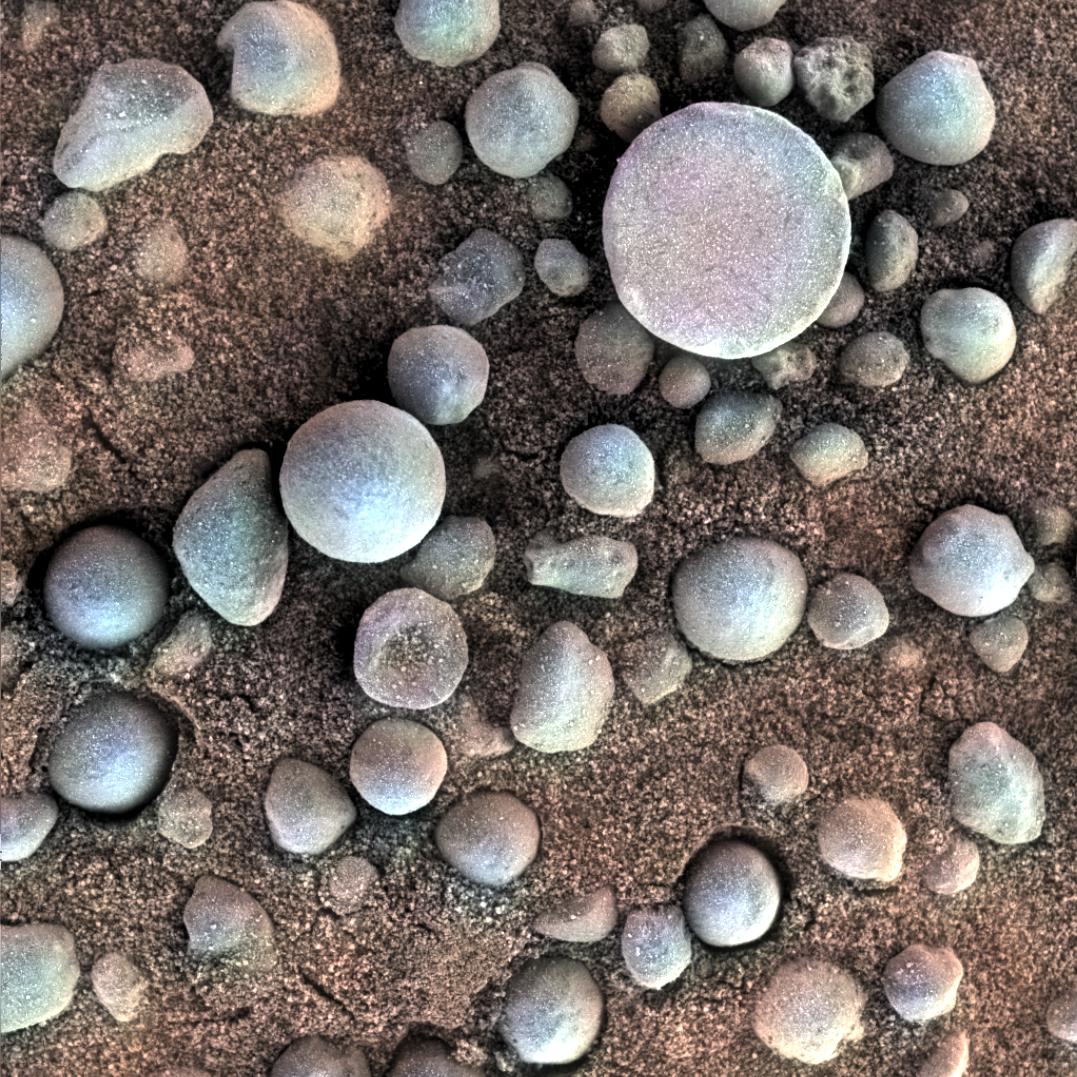
And now, two decades after their launch, we know the answer.
During the first five years of their adventure the Mars cars endured temperature extremes, sand traps, mechanical breakdowns, and a global dust storm, while confirming that Mars was once a lot like Earth: warm and wet. But what else did the rovers encounter? And where, when, and why did they finally stop? These are the questions Cars on Mars left unanswered. The final chapter needs to be written!
The final chapter
In this STEAM research and writing activity, your class will finish writing Cars on Mars.
Science writers ask a lot of questions and do research before they start writing a book. Students can begin by reading Cars on Mars and finding the answers these questions:
- How is the table of contents similar to directions for a road trip?
- How does the title of each chapter relate to the information in that chapter?
- How are subheadings used in each chapter?
- How are photographs and illustrations used to help tell the story, and what are the effects of using both black-and-white and color pictures?
- How were the rovers designed to simulate a human experience?
- How does the author use humor and fun to bring the rovers to life?
- What are some of the important events that happened to each of the rovers?
- How did the author’s “Message from Earth” and the accompanying sunrise photograph make you feel?
Teamwork works
The MER mission succeeded because of the teamwork of thousands of scientists and engineers. Chapter 7 will also be a team effort, with small groups of students researching and writing about one topic that addresses one or two questions. Some of the questions to answer are:
- What did the rovers do, and how much farther did they drive during their final years?
- What craters or landmarks did they explore?
- How did scientists choose names for these rocks, craters, and places?
- When and why did the rovers stop working?
- What new discoveries were made?
- What are the most famous photographs they took?
- Are there plans for human astronauts to visit the same area of Mars?
- What emotional impact did the rovers have on people back on earth as we followed their adventures, learned about their contributions to science, and witnessed the end of their journey?
The answers to the questions, along with thousands of stunning images, can be found on these NASA websites:
- https://www.nasa.gov/mission_pages/mer/index.html
- https://www.nasa.gov/feature/jpl/why-and-how-nasa-gives-a-name-to-every-spot-it-studies-on-mars
Chapter launch
When writers publish a book, they have a “book launch.” Your students can have a “chapter launch” to celebrate their work. Chapter 7 should include a title written as driving directions in the same style of chapters 1-6. It should include several subtitles with fun names that hint at the content of the topic. And photographs and captions describing each image should be used to help tell the story. Creating a pdf or slide deck is an easy way to “publish” the chapter, and making a video “chapter trailer” will spark the interest of parents and friends.
Be in touch
The rovers kept in close touch with scientists back on Earth, sending digital postcards, chemical signatures, and detailed data–illuminating Mars in a dramatic far out road trip. So, like the rovers, please be in touch. If your class writes the final chapter, send a digital copy. If it’s accurate and complete, I’ll publish it on my website, with credits to you and your students!
Good luck and enjoy the ride!
Alexandra Siy is the author of more than twenty notable books for children including Bristlecone, Mosquito Bite, Voyager’s Greatest Hits, and Cars on Mars, and the winner of many awards including the American Institute of Physics Science Writing Award, the NSTA Best STEM Book award, and an NCTE Orbis Pictus Honor. Alexandra shares her passion for science, photography, and books with students of all ages as a teacher and visiting author. She lives in New York State. Please visit www.alexandrasiy.com


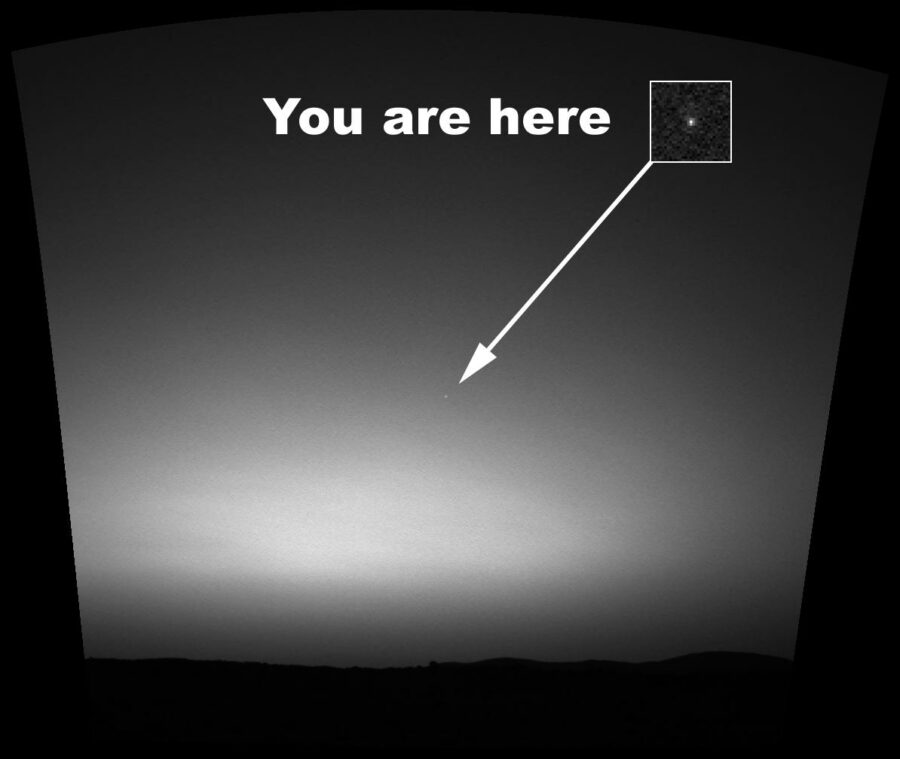

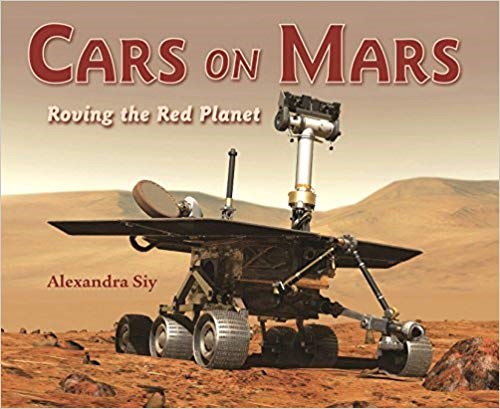

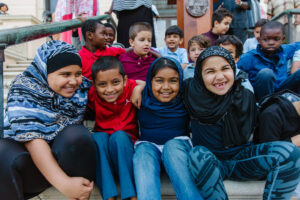
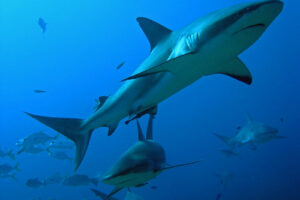



Leave a Reply
Your email is safe with me.